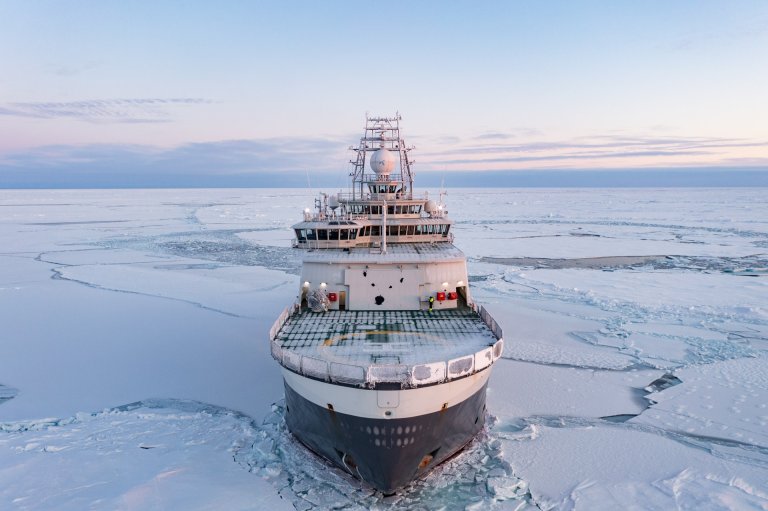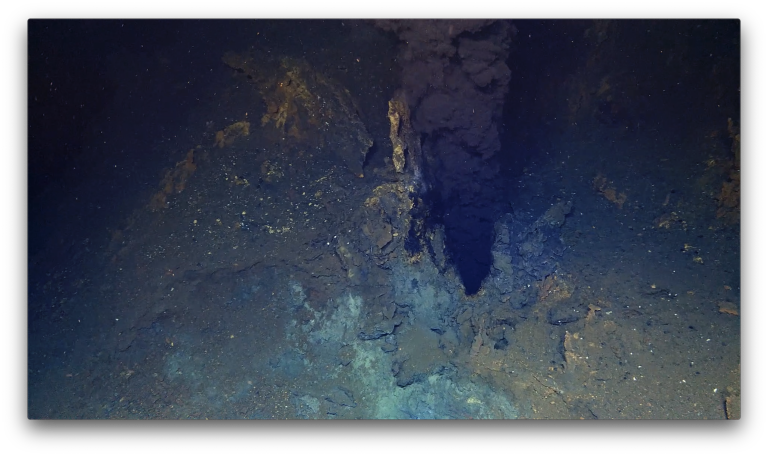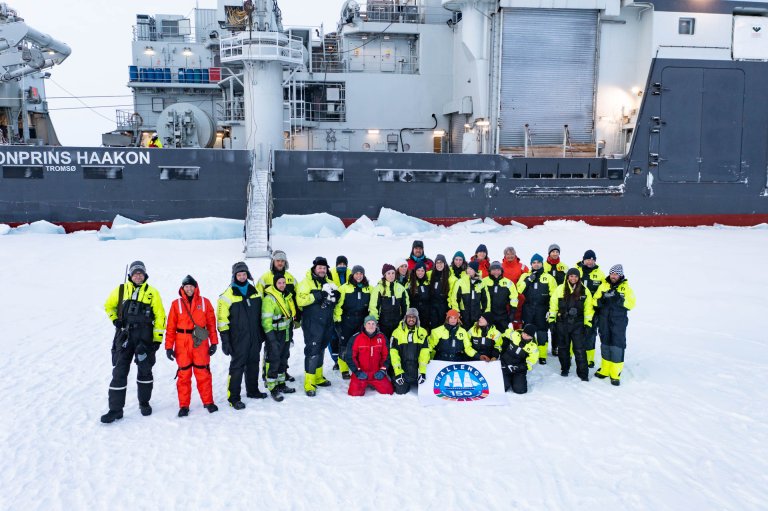
HACON project pioneers 4km deep explorations of hydrothermal vents under permanent Arctic Ice cover
An exceptional team of researchers has taken a major step forward in deep-sea exploration by sampling and filming one of Earth’s last truly remote and inaccessible environments deep below the permanent ice. This is the first-time hydrothermal vents, which resemble underwater volcanoes, have been successfully investigated this far north. This work provides a baseline of information prior to the anticipated onset of commercial activity in the Arctic as a consequence of retreating ice cover. The analysis of the samples will allow researchers to assess if the fauna has evolved in isolation in the Arctic Ocean or if it is connected to other ocean basins. In addition, the data will provide a glimpse of how early life formed on Earth, and stir high interest in space exploration and the search for extra-terrestrial life in our solar system.

The HACON 2021 expedition is the first time such a unique environment has been successfully explored and sampled in detail beneath permanent polar sea ice, opening the path for future international exploration of the remote Gakkel Ridge.
From September 28th to October 21st the HACON 2021 expedition, led by CAGE/UiT (The Arctic University of Norway) and the Norwegian Institute for Water Research (NIVA), brought together a diverse and multi-national team of 28 scientists, engineers and communication experts aboard the icebreaker RV Kronprins Haakon to explore ‘black smoker’ hydrothermal vents in one of the most inaccessible vent fields on the planet, the Aurora vent field on the Gakkel Ridge at 4000m depth. The vents are called black smokers because of the dark, ‘smoke-like’, super-heated liquid (over 300o C) that emit from chimney-like structures.

The Aurora vent field was first detected 20 years ago, when hydrothermal rock material was dredged from the seafloor. It remained unexplored until 2014, when the first visual confirmation of the active black smokers was obtained during a German cruise led by Prof Antje Boetius (AWI). The HACON team revisited this site in 2019 providing additional high-resolution images of the hydrothermal vent field obtained with a towed camera. The team was unable to directly sample the site with an ROV (Remote Operated Vehicle) due to the technical challenges of working in thick, drifting ice conditions.
This time was different.
Despite thick and highly concentrated sea ice, the cruise has been a tremendous success in terms of observing and sampling the vent site. One of the main equipment used was a new ROV, aptly named “Aurora”, provided by REV Ocean. This was the first time the ROV was used. A strong team effort requiring tremendous coordination from the ship’s Captain and Officers, science team, ROV pilots and crew, resulting in the first detailed visual survey and mapping of the Aurora Vent Field and collection of more than 100 visual, geological, geochemical, and biological samples. The samples taken of high-temperature fluids, chimney rock, sediments and fauna will now be analysed at laboratories in the partner institutes to get a better understanding of the composition and functioning of the vents. The teams have already expressed high confidence of new discoveries and intend to submit a succession of articles in peer-reviewed academic journals in the coming years.

Forty years after the first discovery of deep-sea hydrothermal vents, the HACON21 cruise has added a wealth of visual material and physical samples of the first hydrothermal vents ever studied in the Arctic Ocean under ice. This data helps to complete one of the missing pieces of the global biogeographic puzzle of vents around the globe. The excellent collaborative atmosphere onboard facilitated significant sharing of samples amongst the groups. These activities strengthened existing partnerships, as well as established new ones amongst many of the teams from the different national and international institutions.
A key goal going forward is to use the results to work together on challenges and solutions related to Vulnerable Marine Ecosystems and Marine Protected Areas. This will result in new science provided to intergovernmental initiatives such as the UN conference on the conservation and sustainable use of marine biological diversity in areas beyond national jurisdiction, the UN Sustainable Development Goals and the UN Decade for Ocean Science, in particular the Challenger 150 programme.